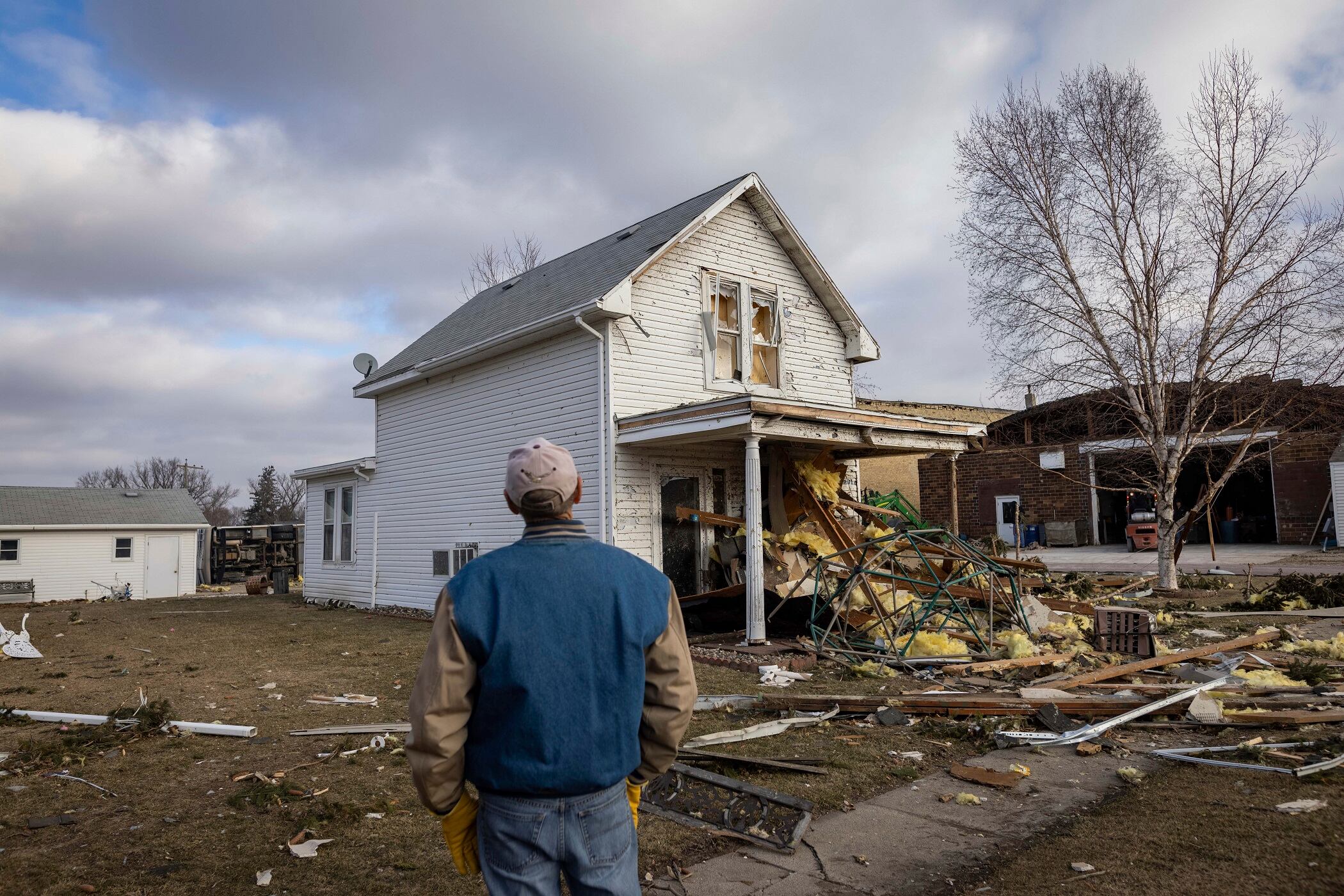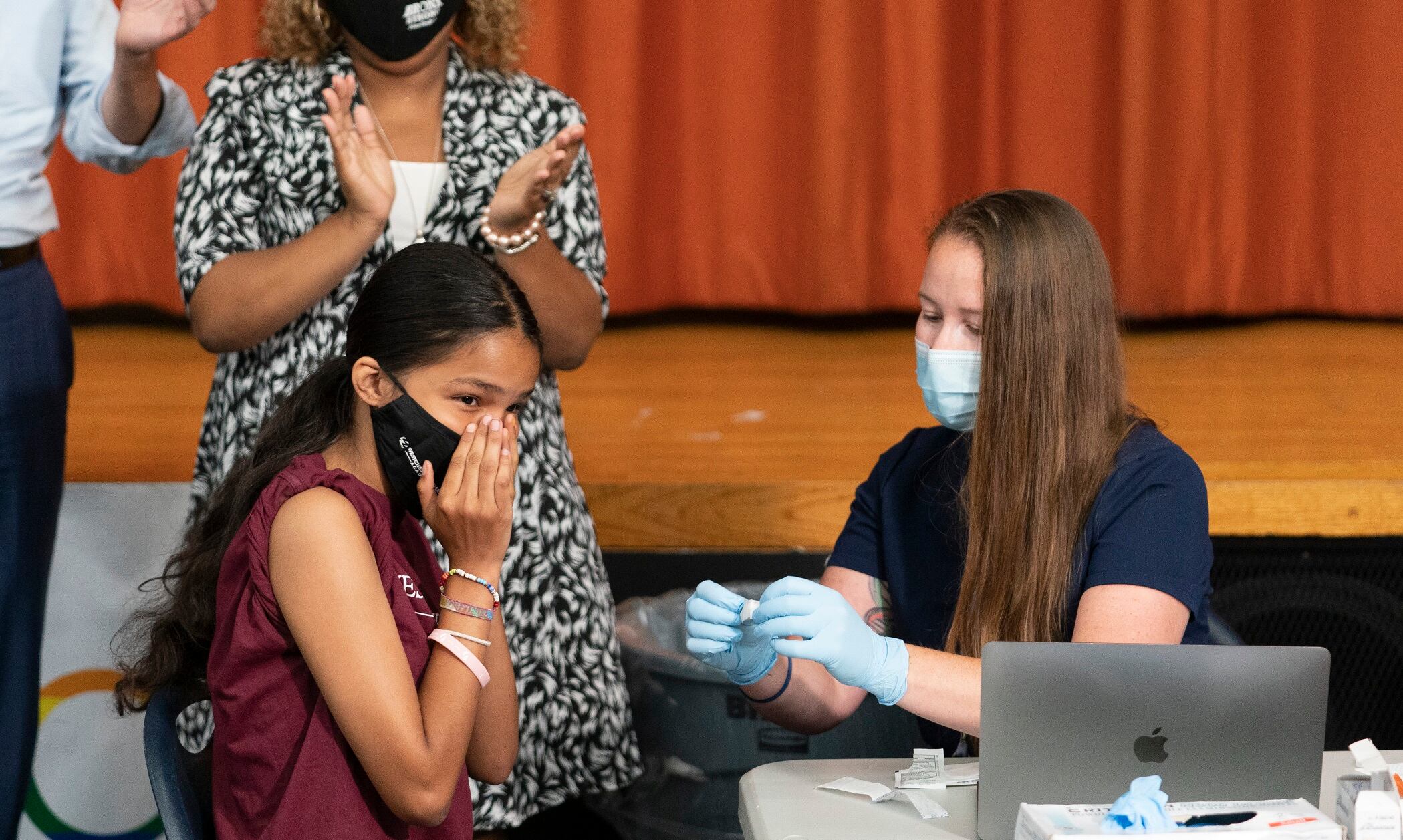By Maddie Burakoff
Oetzi the Iceman has a new look. Decades after the famous glacier mummy was discovered in the Italian Alps, scientists have dug back into his DNA to paint a better picture of the ancient hunter.
They determined that Oetzi was mostly descended from farmers from present day Turkey, and his head was balder and skin darker than what was initially thought, according to a study published Wednesday in the journal Cell Genomics.
Oetzi, who lived more than 5,000 years ago, was frozen into the ice after he was killed by an arrow to the back. His corpse was preserved as a “natural mummy” until 1991, when hikers found him along with some of his clothing and gear — including a copper ax, a longbow and a bearskin hat. Since then, many researchers have worked to uncover more about the mummy, which is displayed at the South Tyrol Museum of Archaeology in Bolzano, Italy.
An earlier draft of Oetzi’s genome was published in 2012. But ancient DNA research has advanced since then, so scientists decided to take another look at the iceman’s genes, explained study author Johannes Krause, a geneticist at Germany’s Max Planck Institute for Evolutionary Anthropology. They used DNA extracted from the mummy's hip bone.
The updated genome is “providing deeper insights into the history of this mummy,” said Andreas Keller of Germany’s Saarland University. Keller worked on the earlier version but was not involved with the latest study.
Based on the new genome, Oetzi's appearance when he died around age 45 was much like the mummy looks today: It's dark and doesn't have much hair on it, said study author Albert Zink, head of the Institute for Mummy Studies at Eurac Research in Italy. Scientists previously thought the iceman was lighter-skinned and hairier in life, but that his mummified corpse had changed over time.
His genome also showed an increased chance of obesity and diabetes, the researchers reported.
And his ancestry suggests that he lived among an isolated population in the Alps, Zink said. Most Europeans today have a mix of genes from three groups: farmers from Anatolia, hunter-gatherers from the west and herders from the east. But 92% of Oetzi’s ancestry was from just the Anatolian farmers, without much mixing from the other groups.
___
The Associated Press Health and Science Department receives support from the Howard Hughes Medical Institute’s Science and Educational Media Group. The AP is solely responsible for all content.












